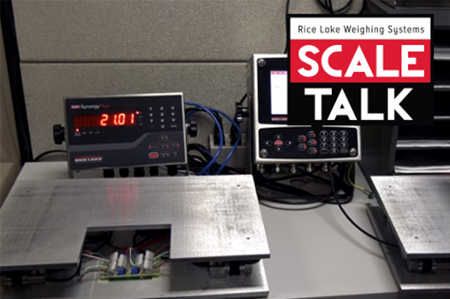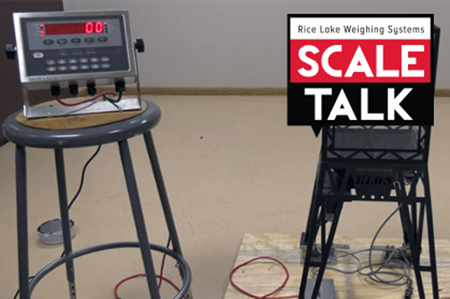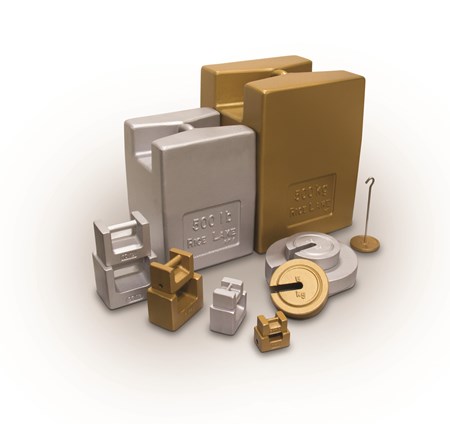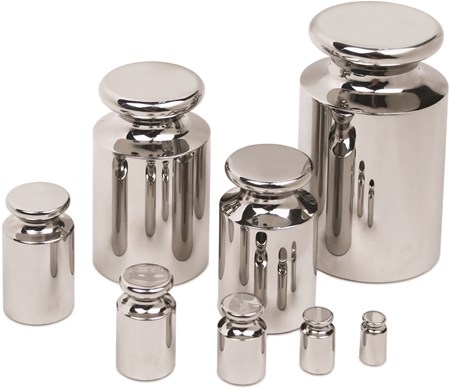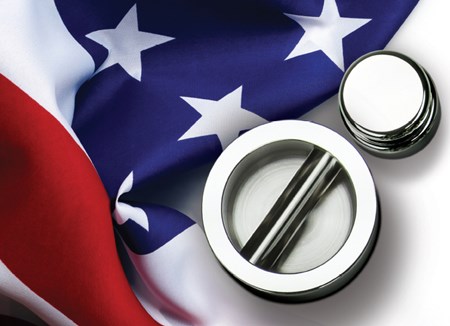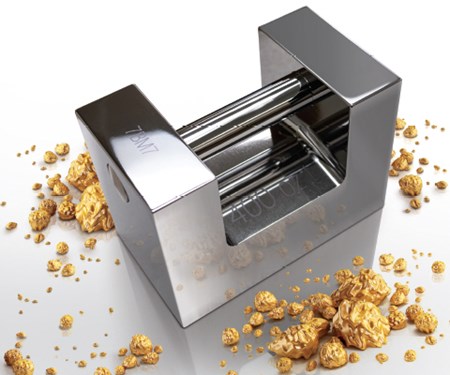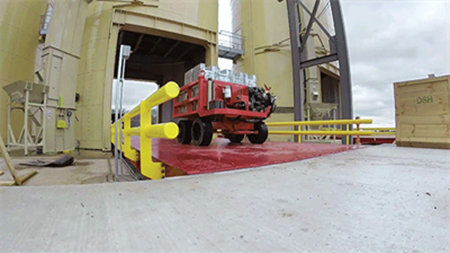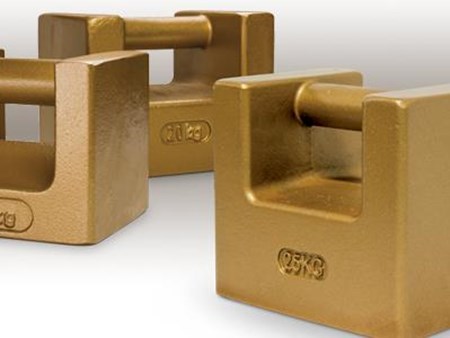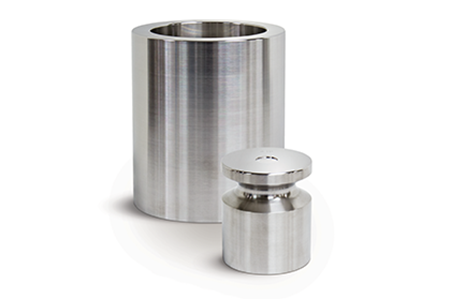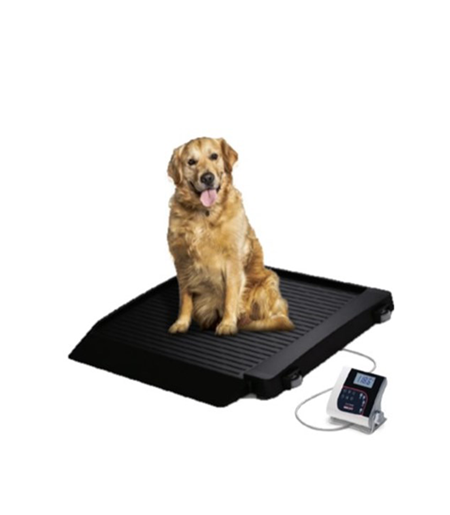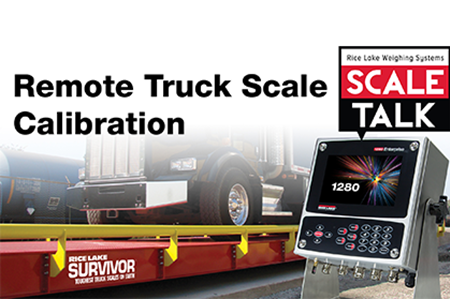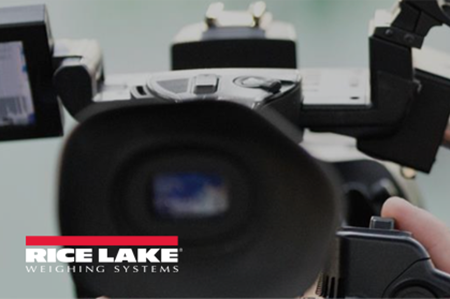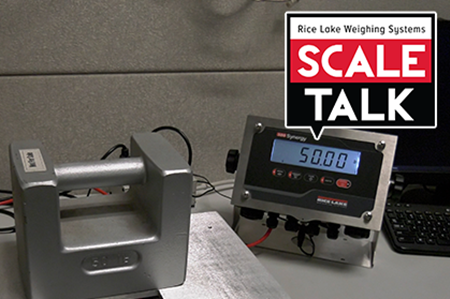Is the website displaying in the correct language? Please confirm or select a different language.
Your region has been set automatically. Please confirm or select a different region.
4 Methods of Scale Calibration
There are four common calibration methods that can be used to check or verify the accuracy of your scale.
Method 1: Using Calibration Weights
Using certified calibration weights, or test weights, is the most accurate method for calibrating a scale and should be your first choice. This is also the only Legal for Trade method you can use to calibrate your scales. It’s essential to review NIST Handbook 44 to ensure you’re using the correct class and amount of weight for the capacity of your scale during calibration procedures. Generally, you will need weights that equal at least 12.5% of the scale’s capacity, though some lower-capacity scales may require weights equal to the total capacity. For example, if you have a scale with a 50-pound capacity, Handbook 44 recommends using calibration weights equivalent to 50 pounds to calibrate the scale.
While it is recommended you use certified calibration weights to calibrate your scales, and it is necessary to do so in Legal for Trade applications, there are some instances when calibration weights may not be available. Perform a scale calibration through Method 1 with certified calibration weights whenever possible.

Method 2: Using an Object from a Calibrated Scale
If you have a scale known to be accurately calibrated, you can use it to help calibrate another scale if calibration weights are not available. To compare the scales, you would place an object on the calibrated scale and record the exact weight. Then, place the same object on the uncalibrated scale to ensure it produces the same weight reading. The object works as a temporary substitution for calibration weights to check accuracy quickly.
This method is helpful for heavy-capacity scales, such as truck scales. A truck could drive into a calibrated scale, record the weight, and then drive onto an uncalibrated second scale to check the accuracy.
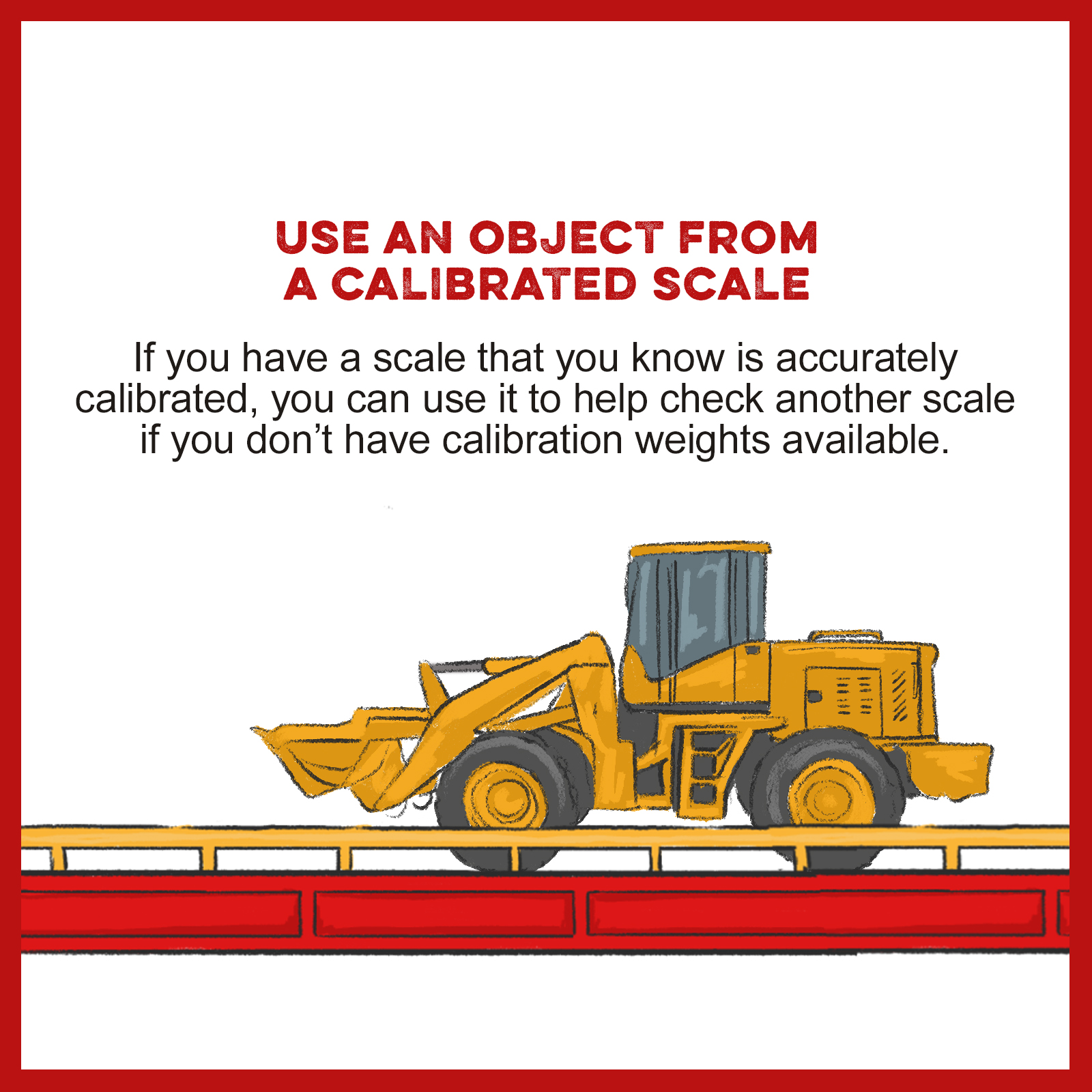
Method 3: Using Material to Substitute for Weights
This method isn’t as accurate as using certified calibration weights but can be used if you don’t have enough weights to meet the minimum requirement of 12.5% of the scale’s capacity. After performing an initial calibration with the weights you have, you would remove the weights and replace them with products or material, then add the calibration weights back to see if the scale is returning the expected amount of weight.
For example, if you have a grain hopper scale with a 100,000-pound capacity but you only have 4,000 pounds in calibration weights, you can perform an initial calibration with those weights. Then, fill the hopper with 4,000 pounds of grain and add the calibration weights back to the hopper. The scale reading should display 8,000 pounds. You would continue this build-up process until you are beyond the 12.5% required to calibrate the scale, although you could continue the process to check accuracy at higher weights.

Method 4: Calibrating with a Simulator or Theoretical Calibration
The final method is using a simulator, or theoretical calibration, to calibrate a scale only when you don’t have any calibration weights. This is the least accurate calibration method and should never be used in a Legal for Trade application. After using this method, you should return to the scale with test weights to perform a full calibration.
This is a complex process with room for error because numerous calculations are involved. You will also need additional information about the system, such as excitation voltage from the indicator and millivolt output of the load cells. Because you’re using a simulator connected to the weight indicator, you won’t be able to properly exercise the scale or account for environmental factors during calibration. You will also need to “re-zero” the system after the calibration to account for the weight of the scale’s top plate on the load cells, further adding to the inaccuracy of this calibration method.
If you are still having issues with your scale after trying one or more of these calibration methods, contact your scale technician.

Selecting Certified Calibration Weights
Rice Lake Weighing Systems has two world-class metrology labs staffed by experts who can certify calibration weights and offer advice or resources as you select calibration weights. Rice Lake manufactures a variety of cast iron and stainless steel calibration weights, including custom weights for unique systems.



 My Account
My Account

